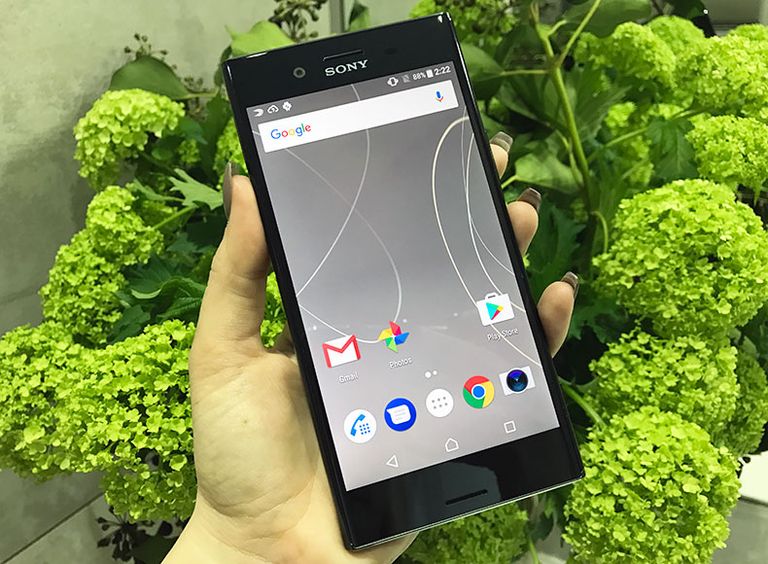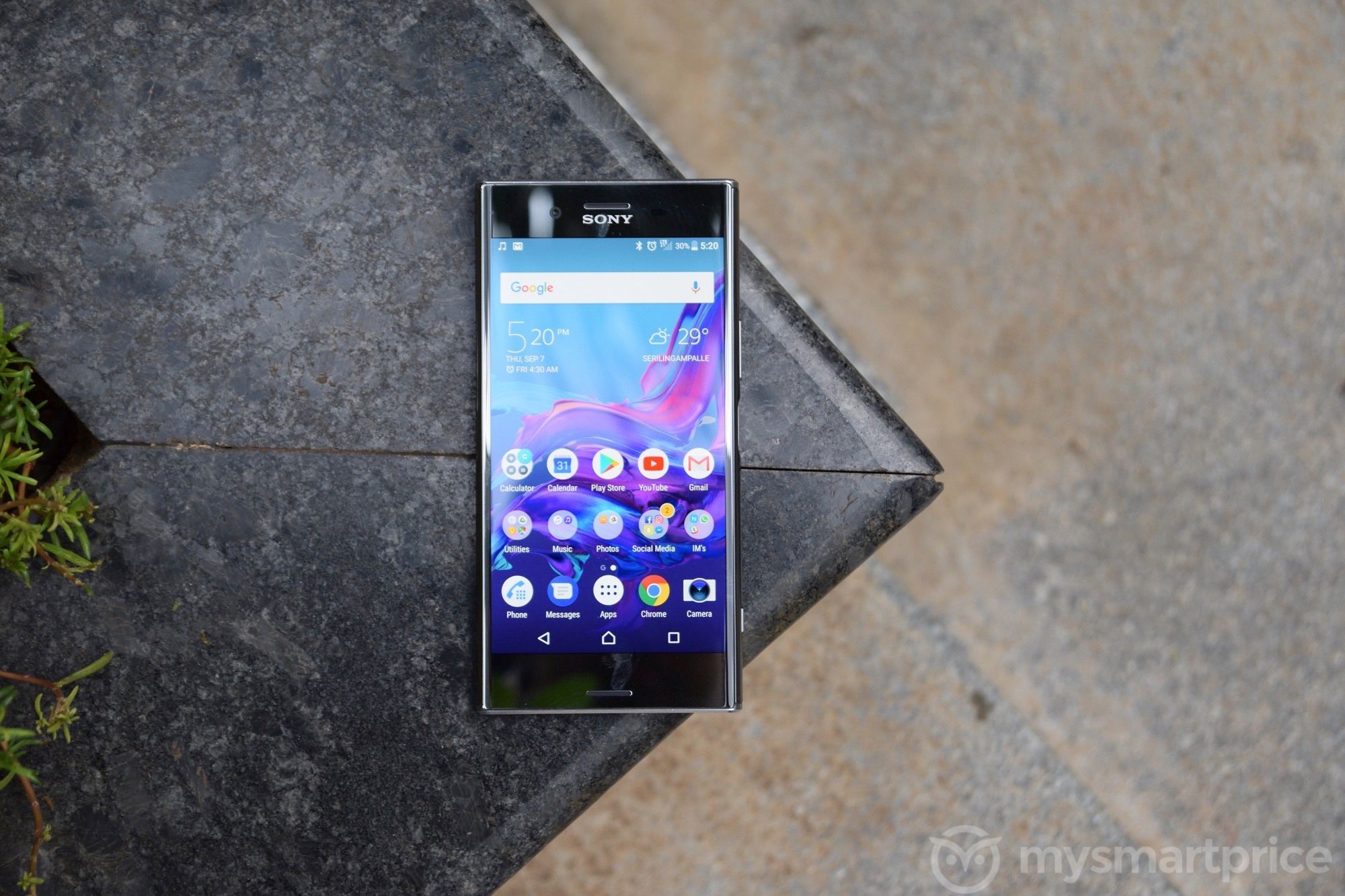

We had several occasions where we missed the stunt man jumping through a wall, recording the ‘build up’ and not the ‘break through’, for example. Filming is limited to 0.2 second bursts, (which is then stretched to six seconds in slow mo), so you have to be spot on when you start and stop recording.
#SONY XZ PREMIUM REVIEW CNET 720P#
Unfortunately slow motion footage is capped at 720p and it's been harshly compressed, so it looks grainy (especially in low light), and it’s also quite difficult to use. It’s a cool feature, but it’s far from perfect. We tested this function in a number of different ways - a dancer punching through glass, a stunt man jumping through polystyrene, and bottle flipping on a beach. The phone uses a stacked memory Exmor RS sensor to provide faster image scanning and data transfer, a system which was originally developed for Sony’s high-end compact cameras. The real headline feature here is the XZ Premium’s super slow motion rear camera, capable of shooting at 960 frames per second. Here are some image samples, all taken in automatic mode: They're not a complete disaster, but it's certainly not up to the performance of its rivals in this area. Images are dark, muddy, and lacking detail, especially in the shadows. The camera is let down by its low light performance. It's also great at handling movement, and the autofocus is fast as well. It looks like they're taken on a point-and-shoot camera. They’re sharp and colourful in good lighting, with plenty of detail. We were impressed with our initial shots taken on the XZ Premium’s 19 megapixel camera. To fix this, there’s a new, larger sensor which let’s more light in, and Sony has included plenty of tech to help you get the best snap, including Motion Eye, which begins to capture images before you even press the shutter button, then determines the best image for you. when it comes to point-and-shoot, everyday situations. Sony has a bit of a checkered past when it comes to smartphone cameras, while they’ve been technically among the best, they haven’t been able to rival Samsung et al. It really could be used as a mirror, and looks great after it’s just been polished, but unfortunately, most of the time it’ll be covered in greasy fingerprints. Now, personally, that doesn't bother me, but it may annoy some, slightly more anal, smartphone users. One final thing we need to mention about the design is just how reflective it is, as is exemplified by our images. That's great if you use internal speakers a lot, as they won't get covered by your palms.

Also, the large bezels make space for front mounted speakers. It’s water resistant, and the finger print sensor is located in the side-mounted power button. The phone will come in Luminous Chrome, Deepsea Black or a rather fetching Bronze Pink colourway. Just like the Z5, we are still left questioning whether 4K is really necessary in a phone display. Especially considering 4K content is so difficult to find and watch on the phone. It's also incredibly bright, and was surprisingly easy to see in direct sunlight. Paired with Xperia’s colourful UI it’s a treat for the eyes.

It's colourful and vibrant, too, with the ability to change the colour temperature if you think the standard setting to cold. It’s sharp with a PPI of 807, and side-by-side, is noticeably sharper than its competitors. The XZ Premium is has a 4K HDR display, so it should be the best when it comes to watching premium Netflix and Amazon Prime content. So the phone may not be 90-percent screen, but thankfully, Sony has focused on display technology to make this a standout performer.


 0 kommentar(er)
0 kommentar(er)
